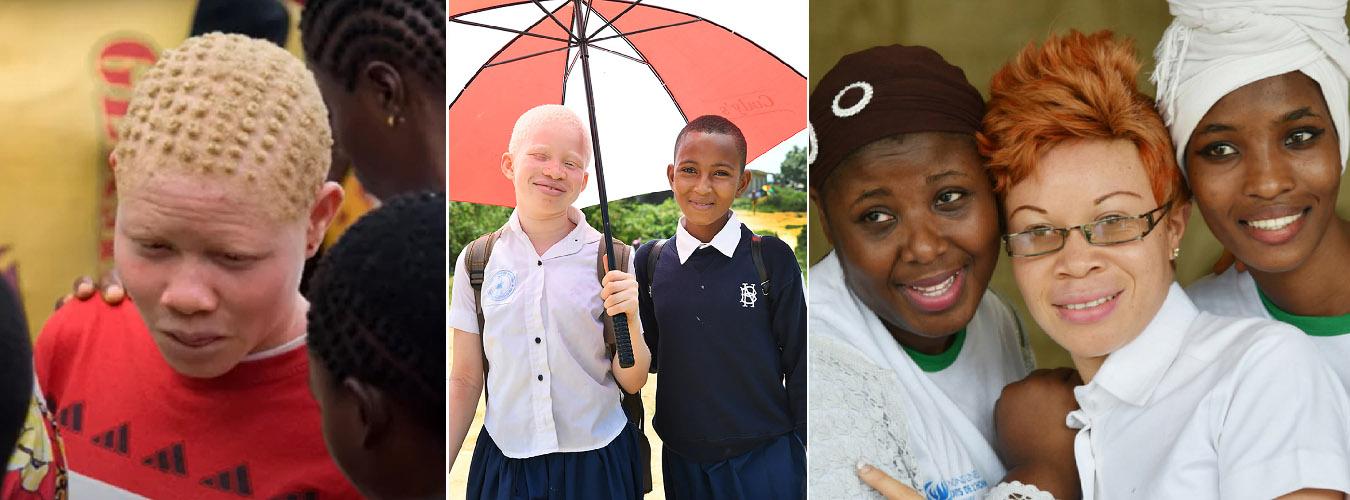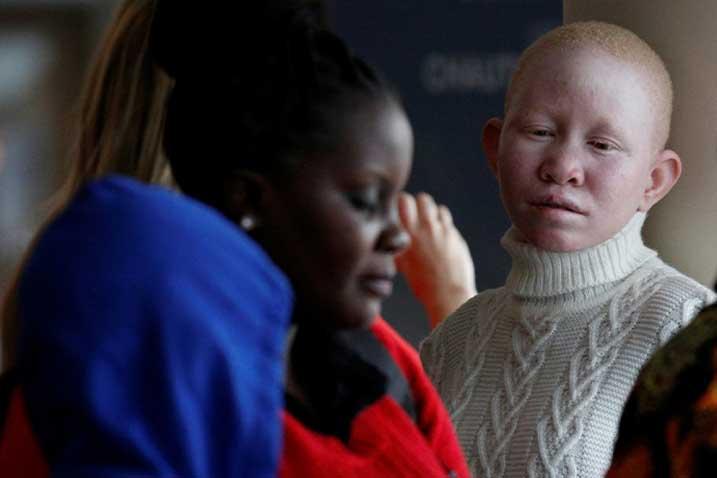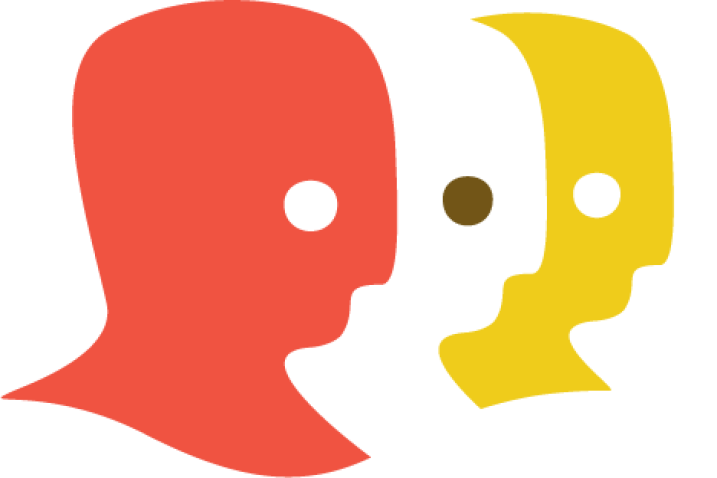2023 Theme - Inclusion is Strength
This year’s theme, "Inclusion is Strength," builds on last year's theme of "United in making our voice heard." Its aim is to ensure the inclusion of the voices of persons with albinism in all sectors of life. It emphasises the importance of inclusion of a diversity of groups from both within and outside the albinism community.
Specifically, this year's theme highlights the importance and benefits of:
- Including a broad spectrum of persons with albinism in albinism-related discussions, including youth, women, children, older persons, LGBTQ+ and persons with albinism of all races and ethnic backgrounds;
- Collaborating and embracing albinism within the disability movement, and in other sectors where decisions affect persons with albinism; and
- Seeking synergies with human rights groups and other groups from outside the albinism movement.
Everyone is welcome to use this theme especially on and around the Day itself: 13 June. You are also welcome to choose your own theme.
#InclusionIsStrength #InclusiveFuture #AlbinismDay
UN Human Rights - Our Champions: Roben X
Robdarius Brown, stage name Roben X, stands up against bullying, reaching out to the youth through music.
What is albinism?
Albinism is a rare, non-contagious, genetically inherited difference present at birth. In almost all types of albinism, both parents must carry the gene for it to be passed on, even if they do not have albinism themselves. The condition is found in both sexes regardless of ethnicity and in all countries of the world. Albinism results in a lack of pigmentation (melanin) in the hair, skin and eyes, causing vulnerability to the sun and bright light. As a result, almost all people with albinism are visually impaired and are prone to developing skin cancer. There is no cure for the absence of melanin that is central to albinism.
While numbers vary, it is estimated that in North America and Europe 1 in every 17,000 to 20,000 people have some form of albinism. The condition is much more prevalent in sub-Saharan Africa, with estimates of 1 in 1,400 people being affected in Tanzania and prevalence as high as 1 in 1,000 reported for select populations in Zimbabwe and for other specific ethnic groups in Southern Africa.
Health challenges of people living with albinism
The lack of melanin means persons with albinism are highly vulnerable to developing skin cancer. In some countries, a majority of persons with albinism die from skin cancer between 30 and 40 years of age. Skin cancer is highly preventable when persons with albinism enjoy their right to health. This includes access to regular health checks, sunscreen, sunglasses and sun-protective clothing. In a significant number of countries, these life-saving means are unavailable or inaccessible to them. Consequently, in the realm of development measures, persons with albinism have been and are among those “left furthest behind.” Therefore, they ought to be targeted for human rights interventions in the manner envisioned by the Sustainable Development Goals.
Due to a lack of melanin in the skin and eyes, persons with albinism often have permanent visual impairment. They also face discrimination due to their skin colour; as such, they are often subject to multiple and intersecting discrimination on the grounds of both disability and colour.

Did you know?
- Albinism is a genetic condition inherited from both parents that occurs worldwide, regardless of ethnicity or gender.
- The common lack of melanin pigment in the hair, skin and eyes of people with albinism causes vulnerability to sun exposure, which can lead to skin cancer and severe visual impairment.
- As many as 1 in 5,000 people in Sub-Saharan Africa and 1 in 20,000 people in Europe and North America have albinism.
- In some countries people with albinism suffer discrimination, poverty, stigma, violence and even killings.
- In some countries, women who give birth to children with albinism are repudiated by their husbands, and their children abandoned or the victims of infanticide.
- The movie industry has seldom portrayed people with albinism accurately, preferring to depict them as villains, demons or freaks of nature.
- Violence against people with albinism is largely met by social silence and indifference, and is seldom followed by investigations or the prosecution of perpetrators.
source: OHCHR
“The work of defending the rights of persons with albinism is relatively new,” Muluka-Anne Miti-Drummond, Independent Expert on the rights of people with #albinism (@UnAlbinism) told the @UN Human Rights Council.
— United Nations Human Rights Council (@UN_HRC) March 9, 2023
REPORT to #HRC52 https://t.co/nKPUXwY9P0 pic.twitter.com/1CznLzrw3l




